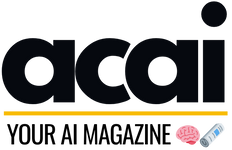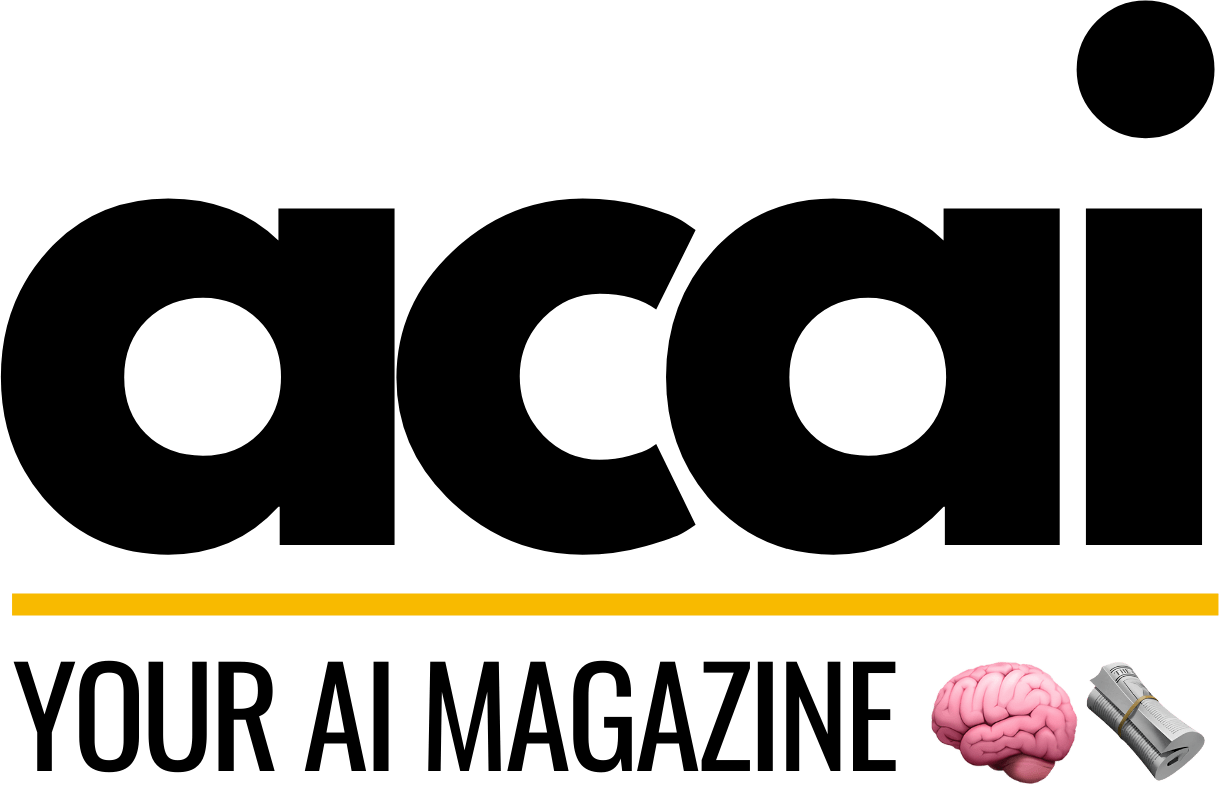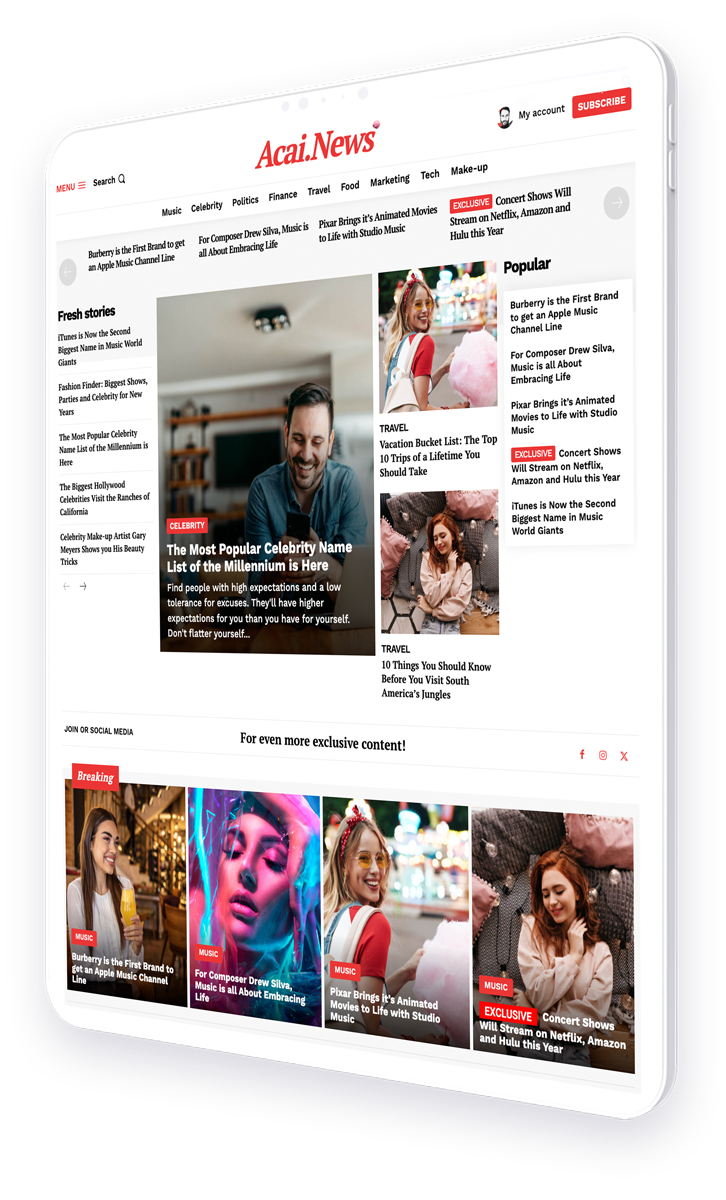Training models to propose ideas before they emerge in the industry
As the digital landscape evolves, the integration of Artificial Intelligence (AI) in creative processes is revolutionizing how businesses anticipate trends and strategize content. This article explores the concept of predictive creativity, where AI tools are trained to not only analyze current trends but also forecast emerging ones, enabling marketers and content creators to stay ahead in the game.
- Understanding Predictive Creativity
- AI in Trend Forecasting
- Case Studies
- Challenges and Opportunities
- The Future of Predictive Creativity
- Conclusion
Understanding Predictive Creativity
Predictive creativity refers to the capability of AI systems to use data-driven insights to forecast trends and generate creative content ideas before they become mainstream. This approach involves several key components:
- Data Collection: Gathering vast amounts of data from various sources.
- Data Analysis: Utilizing machine learning algorithms to analyze and find patterns in the data.
- Idea Generation: AI proposing creative concepts based on the analyzed data.
- Validation: Testing and refining the AI-generated ideas for practical implementation.
AI in Trend Forecasting
AI’s role in trend forecasting is pivotal in predictive creativity. By analyzing current data and historical trends, AI models can identify potential future trends that might impact various industries. This section explores how AI tools are used in different sectors for trend forecasting:
- Fashion: AI analyzes social media, runway shows, and current market offerings to predict upcoming fashion trends.
- Entertainment: Streaming services use AI to analyze viewing patterns and predict which genres or themes will be popular.
- Technology: AI forecasts emerging technologies by analyzing patent filings, research papers, and market demands.
Case Studies
Several companies have successfully implemented AI in their creative and strategic processes. Here are a few examples:
- Netflix: Uses AI to analyze viewer data to not only recommend personalized content but also to predict and create successful original programming.
- Adobe: Developed an AI tool that helps designers by suggesting design elements based on current trends analyzed from thousands of images.
- Spotify: Employs AI to analyze music trends and listening habits, predicting future hits and recommending songs to users.
Challenges and Opportunities
While predictive creativity presents significant opportunities, it also comes with challenges:
- Accuracy of Predictions: The reliability of AI predictions can vary based on the quality and quantity of data.
- Ethical Considerations: The use of AI in creative processes raises questions about originality and the potential replacement of human creativity.
- Opportunities for Innovation: AI opens up new possibilities for personalized content creation and faster adaptation to market changes.
The Future of Predictive Creativity
The future of predictive creativity looks promising, with advancements in AI technology continuously enhancing its capabilities. As AI tools become more sophisticated, their integration into creative processes is expected to become more prevalent, helping businesses not only to anticipate trends but also to innovate in their respective fields.
Conclusion
In conclusion, predictive creativity is transforming how industries anticipate trends and strategize content. By harnessing the power of AI, businesses can gain a competitive edge through enhanced foresight and innovative content strategies. As technology evolves, the scope of predictive creativity will expand, offering more robust tools for trend forecasting and creative ideation.
For further reading on AI and its impact on trend forecasting, visit IBM Watson.




